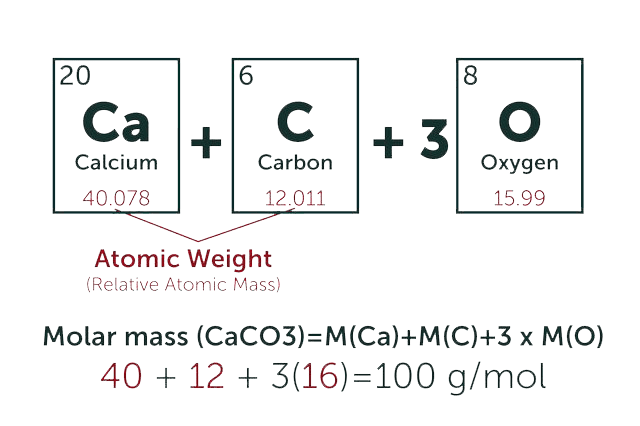1. Topical glucocorticoid or pimecrolimus treatment suppresses thymic stromal lymphopoietin-related allergic inflammatory mechanism in an oxazolone-induced atopic dermatitis murine model
Na Young Yoon • Min young Jung • Dong Hye Kim • Hae Jin Lee • Eung Ho Choi. Arch Dermatol Res (2015) 307:569–581
We evaluated the effect of topical glucocorticoid or pimecrolimus treatment on AD-like skin lesions and abnormal epidermal permeability barrier induced by repeated Ox treatments. As Ox treatments on hairless mice skin proceeded, their gross appearances showed AD-like lesions of erythema, edema, lichenification, and scale compared with the normal appearance of the acetone-only treated group (control group). Basal TEWL was significantly increased and SC hydration was significantly decreased according to the number of challenges (data not shown). Topical glucocorticoid, pimecrolimus, or emollient were applied to AD mice twice a day (each group n = 6) concurrently with Ox challenges every other day for 10 days.
2. Pharmacokinetics of Pimecrolimus, a Novel Nonsteroid Anti-Inflammatory Drug, After Single and Multiple Oral Administration
Graham Scott, Stuart A. Osborne, Gerard Greig. Clin Pharmacokinet 2003; 42 (14): 1305-1314
Pimecrolimus (SDZ ASM 981, Elidel®; Novartis Pharma AG) is a novel, nonsteroid, anti-inflammatory drug that acts by selectively preventing the release of inflammatory cytokines in T cells and mast cells. It has been shown to be well tolerated and effective when applied topically as 1% cream in patients with atopic dermatitis, irrespective of the age of the patients and the severity of the disease. Results from preclinical studies indicate that oral pimecrolimus might also have therapeutic potential in the treatment of inflammatory diseases. In animal models of allergic contact dermatitis, oral pimecrolimus showed superior efficacy in comparison with cyclosporin, a drug that has proven high efficacy in the oral treatment of patients with atopic dermatitis and psoriasis. However, in contrast to cyclosporin and tacrolimus, pimecrolimus was only marginally active in animal models of systemic immunosuppression, suggesting that pimecrolimus has a more selective pharmacological profile than cyclosporin and a lower risk of affecting systemic immune reactivity.
3. Spotlight on Topical Pimecrolimus in Atopic Dermatitis
Keri Wellington and Blair Jarvis. Am J Clin Dermatol 2002; 3 (6): 435-438
Pimecrolimus dose-dependently inhibited the anti-immunoglobulin E-induced release of the preformed pro-inflammatory mediators histamine and tryptase from activated human dermal mast cells, and β-hexosaminidase, serotonin and tumor necrosis factor-α from activated rat basophilic leukemia 2H3 cells. Furthermore, the up-regulation of co-receptors CD134 and CD137, which are implicated in the activation and expansion of inflammatory effector T cells, was dose-dependently inhibited by pimecrolimus (80% inhibition at 10 nmol/L in primary T cells). Twice-daily topical pimecrolimus 1.0% showed no potential for skin atrophy when applied for 6 days/week to normal skin in a randomized, double-blind, vehicle-controlled 4-week study in 16 healthy volunteers. Conversely, betamethasone-17-valerate 0.1% and triamcinolone acetonide 0.1% creams significantly reduced skin thickness (by 7.9 and 12.2%, respectively) compared with baseline thickness.
4. Cost Effectiveness of Management of Mild-to-Moderate Atopic Dermatitis with 1% Pimecrolimus Cream in Children and Adolescents 2–17 Years of Age
Charles N Ellis, Kristijan H Kahler, Jens Grueger and Jane Chang. Am J Clin Dermatol 2006; 7 (2): 133-139
The clinical efficacy data for this economic analysis were obtained from a 12-month, double-blind, multinational, multicenter, controlled clinical trial designed to evaluate the effectiveness of early treatment with 1% pimecrolimus cream (Elidel®; Novartis Pharma GmbH, Wehr, Germany) for preventing progression to flares of AD. This clinical trial was approved by an institutional review board, obtained patient or parental consent, and has been published previously. From our literature search, this paper was the only publication reporting the results of a trial that assessed the efficacy of addition of pimecrolimus to conventional therapy for as long as 1 year in children and adolescents. To summarize the trial, children aged 2–17 years with AD were randomized 2 : 1 to receive a pimecrolimus-based therapy (n = 474) or a conventional therapy (n = 237). Patients receiving the pimecrolimus regimen received an emollient for ad libitum application to dry skin and applied 1% pimecrolimus cream twice daily to skin that demonstrated the earliest signs and symptoms of AD. Patients receiving the conventional regimen used the vehicle for pimecrolimus cream instead of the active formulation. In both groups, a moderate/medium-potency topical corticosteroid was used when needed for flares of disease, defined as an Investigator’s Global Assessment (IGA) score of 4 or 5 on a 6-point scale ranging from 0 (no evidence of disease) to 5 (very severe disease) [table I]. All patients were allowed concomitant use of antihistamines if a stable dose could be ensured throughout the study.



